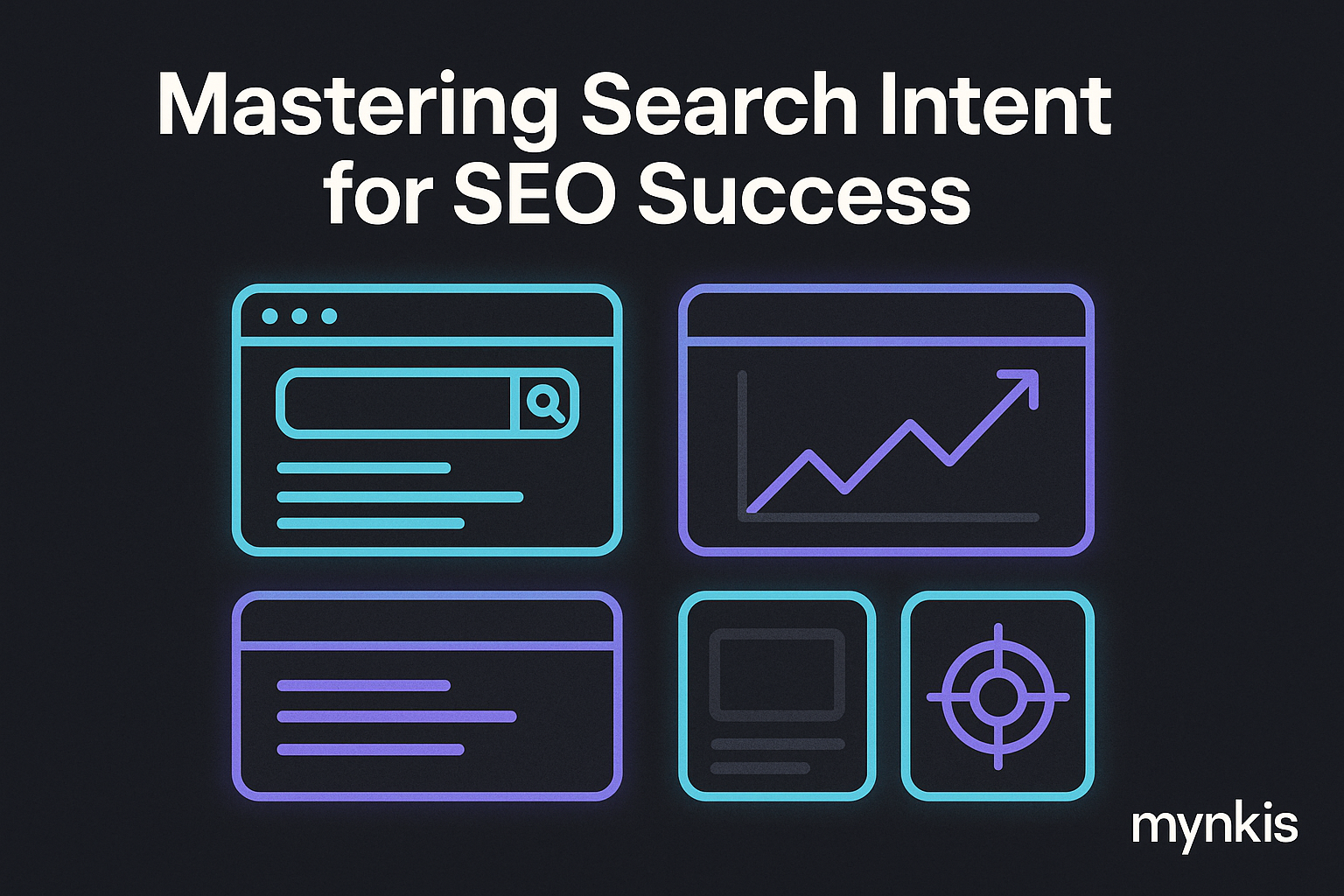Schedule a Demo
At the heart of every successful SEO strategy lies a deep understanding of search intent. I've seen firsthand how businesses that align their content with what users are actually looking for on Google tend to not only rank higher but also convert better. Search intent essentially categorizes the reasons behind a user's query into informational, navigational, transactional, or commercial investigation. Grasping these motivations guides your content strategy towards fulfilling user needs, right from the moment they type their first keyword.
Let's dive into each of the four pillars of search intent, starting with informational intent. This is when users seek answers or knowledge. Your practice's blog posts, how-to guides, or FAQs can capture these searchers, establishing you as a thought leader in your field. Next, navigational intent drives users to a specific website or page. By optimizing for branded keywords, you ensure that clients looking directly for your practice find you without distractions.
Transactional intent occurs when the search engine user is ready to purchase or sign up for a service. This is where you need compelling calls-to-action, landing pages that convert, and seamless user experiences. Lastly, commercial investigation intent covers users who are comparing services before making a decision. Here, detailed case studies, comparison pages, or reviews can make a significant impact on your site's effectiveness.
Mapping search intent to your content strategy isn't just about SEO; it's about delivering value where and when it's needed most. Take the time to analyze your keywords and search queries through tools like Google Analytics and Search Console. From there, tailor your content to fit each search intent. If you find that many users are looking for information on specific services, create detailed explainers or step-by-step guides. For those closer to the point of conversion, ensure your transactional pages are optimized and feature-focused.
Many businesses fail to optimize for search intent, and that's where you can leap ahead of the competition. Google's algorithms now prioritize relevance and user satisfaction more than ever. By aligning your content with what your audience is genuinely looking for, you'll see improved rankings and, more importantly, higher engagement rates. The secret weapon? It's simple but often overlooked: give the searcher what they actually want.
Implementing search intent involves a multi-step process, starting with keyword research. Use keyword research tools to understand the questions and problems your target audience is trying to solve. Next, categorize these keywords by intent. For example, keywords like "how to" or "what is" indicate informational intent, while "best" or "compare" signal commercial investigation. Once categorized, begin creating or optimizing your existing content to meet these intents.
Don't forget the importance of on-page optimization. From meta titles to URLs, make sure your optimization aligns with the intent behind the search. For transactional pages, your meta titles should be clear and action-oriented, promising a solution or a product to the searcher. For informational content, entice with knowledge and insight.
In my work with clients who have wanted to increase their online visibility, I've seen some powerful transformations by focusing on search intent. One dental practice revamped their content strategy around informational queries like "how often should I get a dental checkup?" or "what to expect at my dental appointment?" Their blog traffic soared, and this led to more qualified leads. Another case saw a fitness trainer optimizing for commercial investigation intent, showing before-and-after results and client testimonials, turning interest into action.
Search intent doesn't just affect your SEO rankings; it also plays a crucial role in enhancing user experience. When users find content that exactly matches their query, they're more likely to stay on your site, engage with other pages, and even convert into paying clients. A seamless user experience that respects search intent can dramatically lower bounce rates and boost overall satisfaction, making it a cornerstone of not only your SEO strategy but your brand reputation as well.
Often, a single query can carry multiple search intents. For instance, "personal trainer cost" might involve commercial investigation and transactional intent. It's essential to craft content that caters to both intents. Perhaps offer a pricing page with a detailed breakdown for those ready to buy, and comparison tables or pricing FAQs for those still researching. Adapting your content strategy to cover multiple intents requires a balanced approach but yields a comprehensive user journey.
The rise of voice search has revolutionized how we think about search intent. Voice queries tend to be longer and more conversational, reflecting true user needs more directly. Incorporating voice search optimization into your SEO strategy means focusing on long-tail keywords that mirror natural speech patterns. This approach not only enhances visibility in voice search results but also aligns more closely with the searcher's intent.
Search intent is not static; it evolves with consumer behavior, market trends, and technological advances. Regularly monitoring your search performance and adapting your strategy is key. Utilize tools like Google Trends to spot changes in how people search for your services. A shift might mean revising your content to meet new informational queries or modifying your transactional pages to reflect updated expectations.
User feedback is gold when refining your search intent strategy. Forms, surveys, or direct emails from visitors offer insights into what they're looking for and whether your content meets their needs. By leveraging this feedback, you can make informed adjustments to better cater to different intents. This approach not only improves your SEO strategy but also ensures you're constantly aligning with your audience's needs.
Finally, building an SEO culture that understands and respects search intent can be transformative for your practice. It starts with educating your team about the importance of matching content with user queries. Regular SEO training sessions, keeping abreast of the latest best practices, and creating a feedback loop between content creators and SEO specialists can form the backbone of an intent-focused SEO strategy. This approach drives results that go beyond just rankings—it builds trust and loyalty with your audience.
